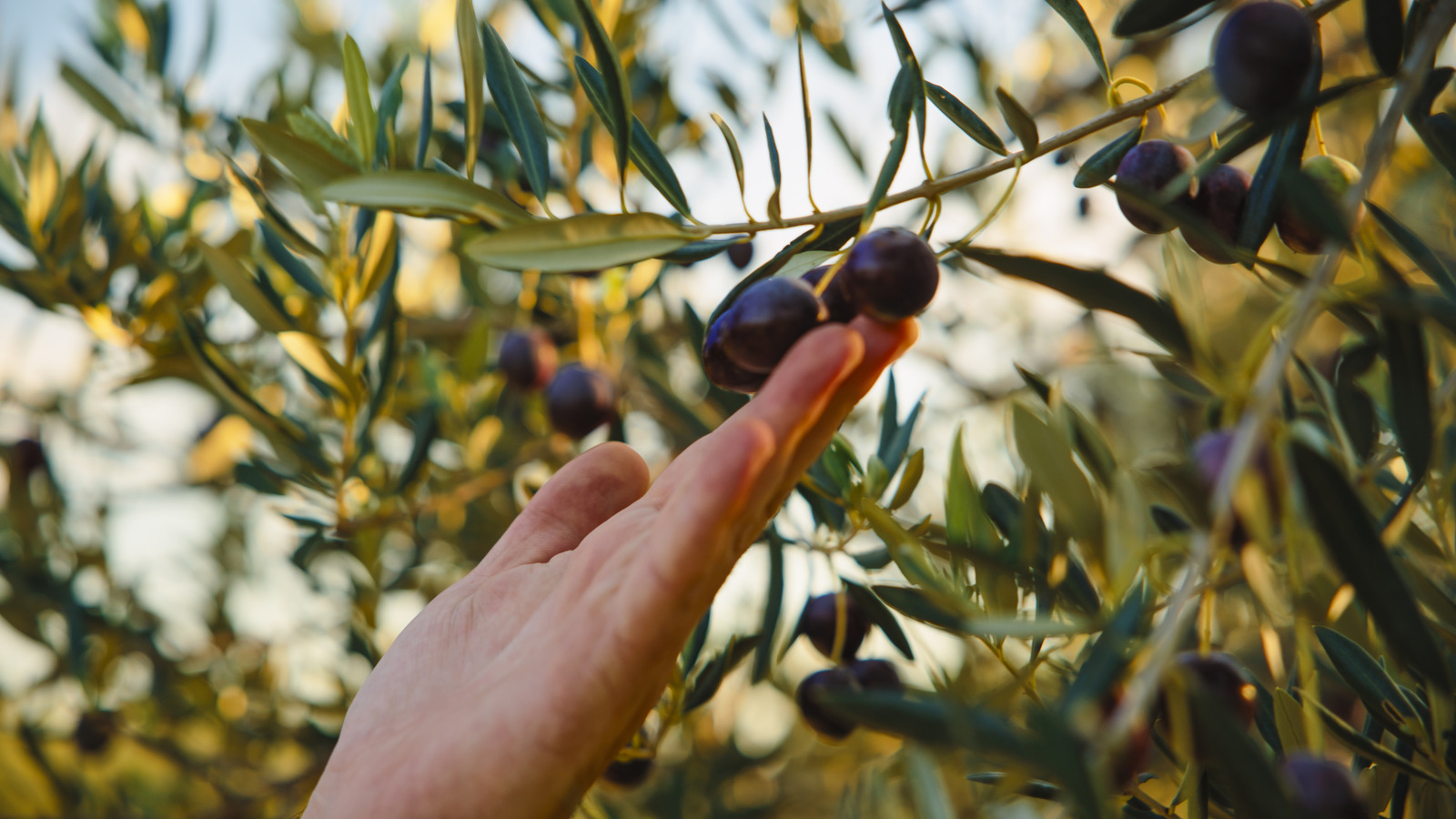
"Italy and the areas of former Ancient Rome have been growing olive trees since antiquity, dating as far back as 4,000 B.C. It's no wonder that Italian olive oil is a prized commodity all around the world. Its distinctive body, density, round fruity taste, grassy aroma, and bright green-yellow hue make this "liquid gold" steeped in as much culinary quality as it is tradition, respect, culture, and intergenerational connection."
"Today, the bulk of Italy's olive oil production (82%) happens in Southern Italy, namely Puglia and Calabria. According to figures from the USDA Foreign Agricultural Service (as reported by EXAU Olive Oil), these two regions account for 68% of all olive oil made in Italy. The unique terroir of each region yields an olive oil with a distinct flavor profile."
Italy is the world's second-largest olive oil producer with millennia-old cultivation that produces oils known for body, fruity taste, grassy aroma, and green-yellow hue. Production concentrates in Southern Italy, where Puglia and Calabria supply the largest shares; USDA figures attribute 68% of national production to those two regions and 82% of production occurs in the south. Mediobanca data places Puglia at about 59.3% and Calabria at about 10.6% of national output, with Sicily and other regions contributing smaller percentages. Regional terroir creates varied flavor profiles. Italy supplied roughly 12% of global output in 2023–24 and exports rose 45% to €2.5 billion.
Read at Tasting Table
Unable to calculate read time
Collection
[
|
...
]